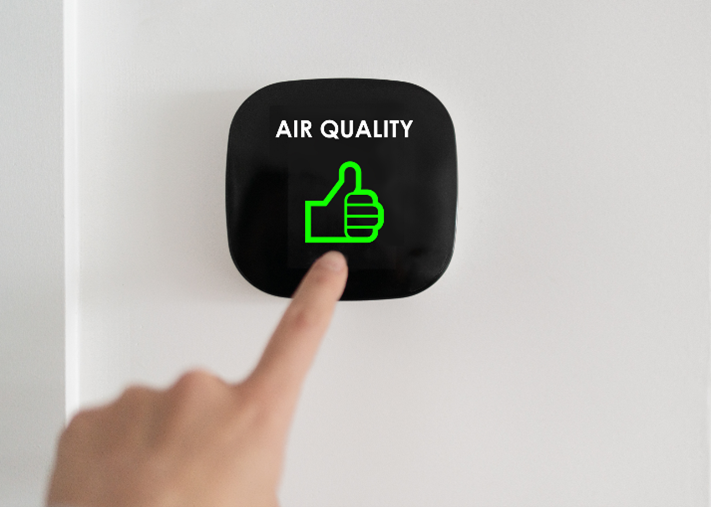Air Quality in a Dental Office

By Gracie Hogue
As air quality has been a major headline topic lately in the eastern U.S. and Canada, it is a major consideration for the dental practice as well. The scientific community has made a committed emphasis on indoor air quality of medical and dental facilities since the 1960s, and now with airborne infections becoming a critical focus, there have been new developments in ensuring that your practice’s air is clean and healthy for both the patients and its workers.
Aerosol-generating procedures produce large quantities of aerosol that can hover in the air and eventually land on surfaces or be inhaled. To combat this, there are some amazing work practice controls and engineering control options. Here is the difference between the two:
Work Practice Controls – This is when the practice changes how certain treatments and arrangements are done. Work practice controls are different from engineering controls in that they do very little to eliminate the aerosol, but work around it in such a way that more or less isolates people from the hazard. Here are some examples of Work Practice Controls:
- Plastic curtains separating patients
- Separate rooms
- Partitions
- Sneeze guards
- Easy-to-clean physical barriers between patient chairs
- Orienting operatories parallel with the direction of airflow
- The patient’s head being be positioned near return air vents, away from corridors, and toward a rear wall when feasible
- Dental dams
Engineering Controls – These are machines that purify the air and collect the potentially infectious aerosol. Here are some examples of Engineering Controls:
- External oral evacuation units
- Air purifiers
- Ultraviolet germicidal irradiation
- Amalgam separators
- Capt-all devices
Whichever work practice controls or engineering controls you choose to implement, it is vital to be a part of the fight of infection control.




